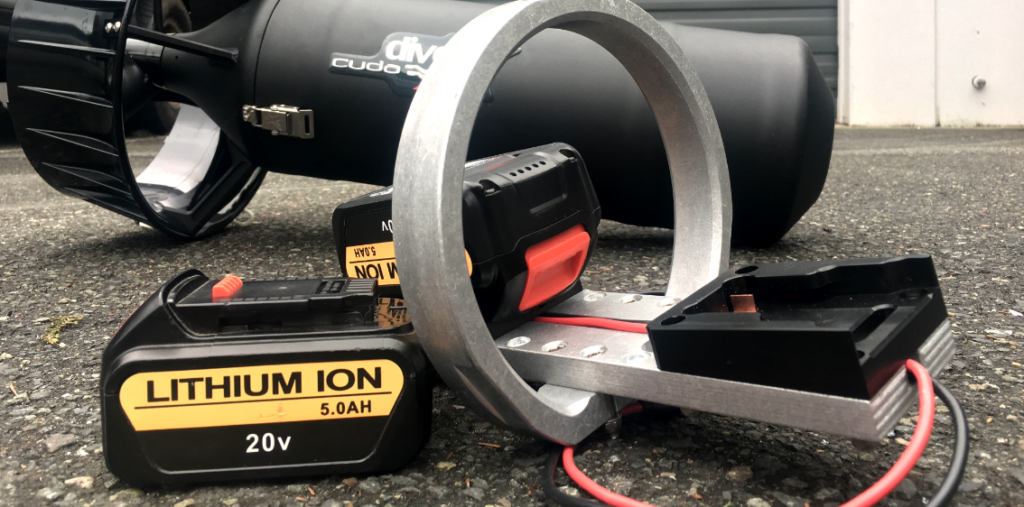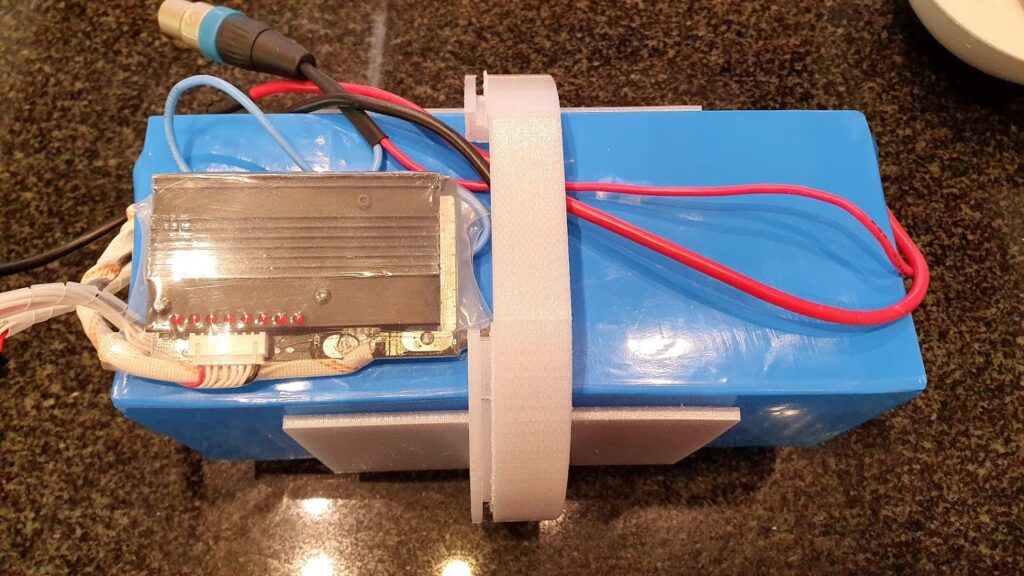
A few months back a friend told me about an underwater scooter/DPV that had been offered to him for sale. We went to view the machine and discovered it was in excellent condition – essentially unused, but it had been sitting for 7 years in someone’s garage. Unfortunately (or perhaps fortunately), this meant that the originally supplied NiMH battery was completely dead.
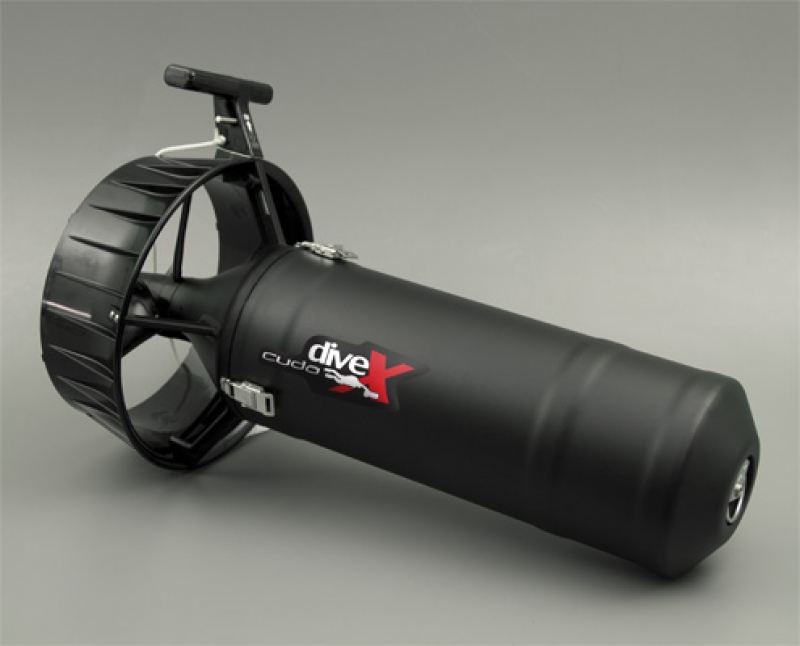

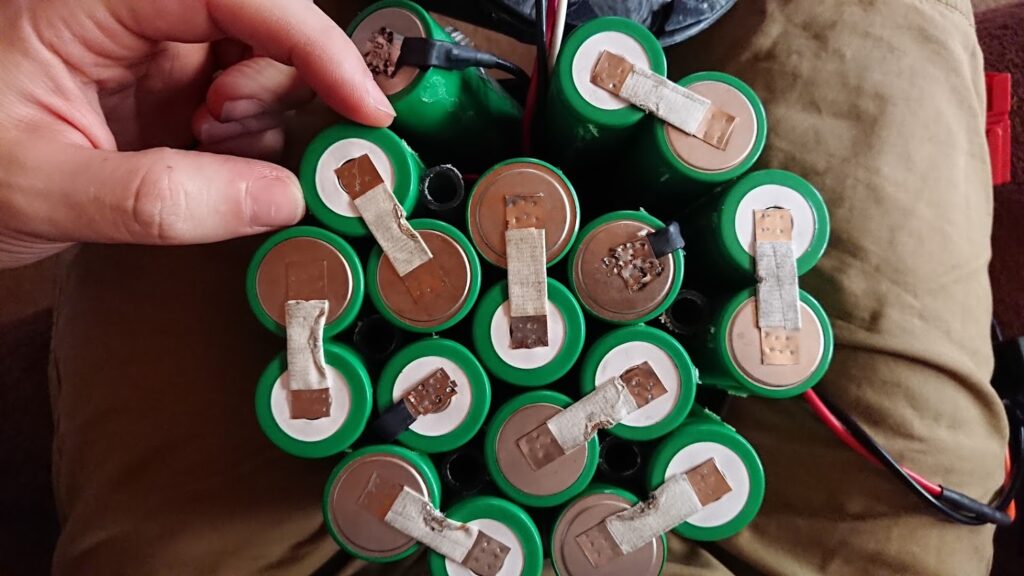
I knew I could get this battery pack repacked locally for a reasonable price (around R 3000), but NiMH sucks. These particular batteries exhibit severe voltage sag (the voltage dips in use and increases again when the load is removed). NiMH batteries are also low energy density; this pack only does 312 Wh, which is half of a modern Suex XJ VR DPV. I wondered if someone had stuck Lithium Ion cells into this pack…

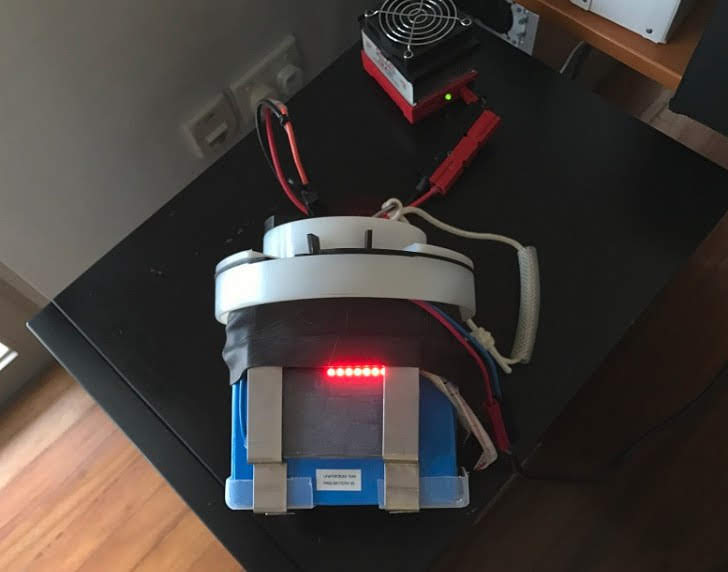
The image above uses a LiFePo4 battery pack made of battery pouches. The cells are connected to a Battery Management System (BMS), which is what contains the glowing red LEDs in the image above. The BMS is essentially high performance DC-DC converter. When the battery charges through the BMS, the BMS balances each of the cells and during discharge the BMS uses high speed switching to spit out a constant 24 volts to the load. This allows this battery pack to be used with equipment designed for 24V – although I’ve since discovered this second part is not that useful in this application due to the DPVs having an ESC capable of higher voltage switching. The intended market for the above batteries is mobility scooters and eBikes.
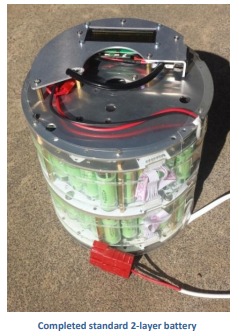
It didn’t take long, and before I knew it I was placing an order for a PING battery from Mr Ping.

I wanted something that would really “soup this baby up” and after chatting to the amazing completely-batshit Australian cave diver above I came to the conclusion that 25Ah was a good size. Thanks Stephen! This would provide 600 Wh of power(!), 88 Wh more than a Suex XJ VR and near-double the capacity of the original battery.
Fast-forward 2 months and the battery arrived – through the bankrupt local post office no less. It was marked as “sporting goods”, wow. A battery of this size shouldn’t be able to travel via air without a ton of precautions… so much for airport security. Then came the next act: how do I fit the battery into the DPV?
Initially I though “screw it, just put some polyurethane foam in there and it’ll work”… but this scooter was in great condition and PU foam is very thermally insulating. It didn’t seem like a good solution and it would have looked a bit crap.
And then I found this:
Wow, that’s perfect. That’s exactly what I need. But… the largest capacity battery is only 12 Ah, in total 2 Ah less than the Ping battery. You also then need to buy batteries, a charger, etc. And what does that kit cost anyway? You need new electronics (higher voltage – 40V) and the kit itself… you’re looking at $899, without shipping, batteries, charger and customs duty. This is a bit excessive. A Ping battery of similar capacity is about $390 and that’s an advanced product.
I then I remembered that I have a 3D printer, but non-existent design skills. Regardless, let’s do some measuring:

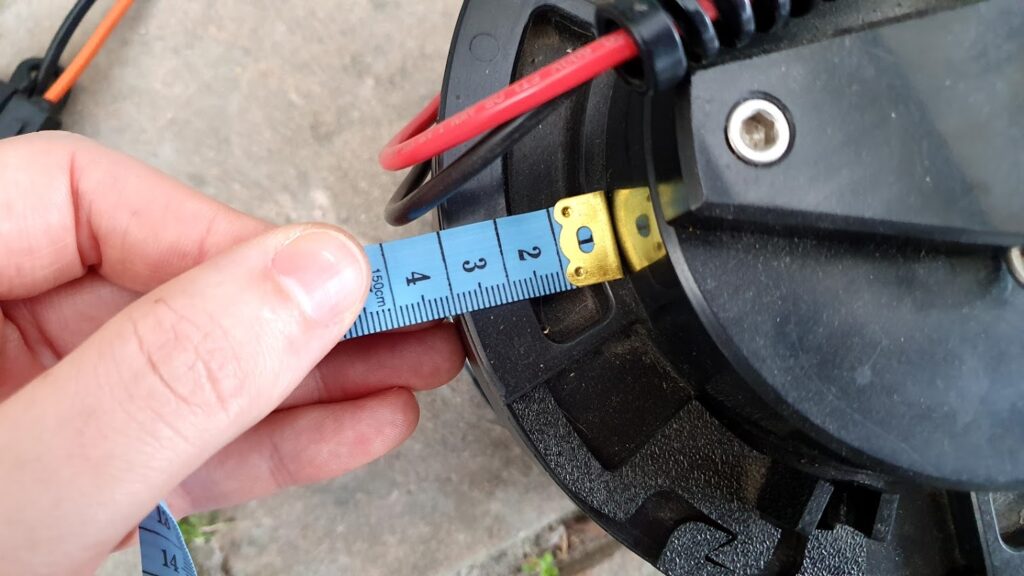
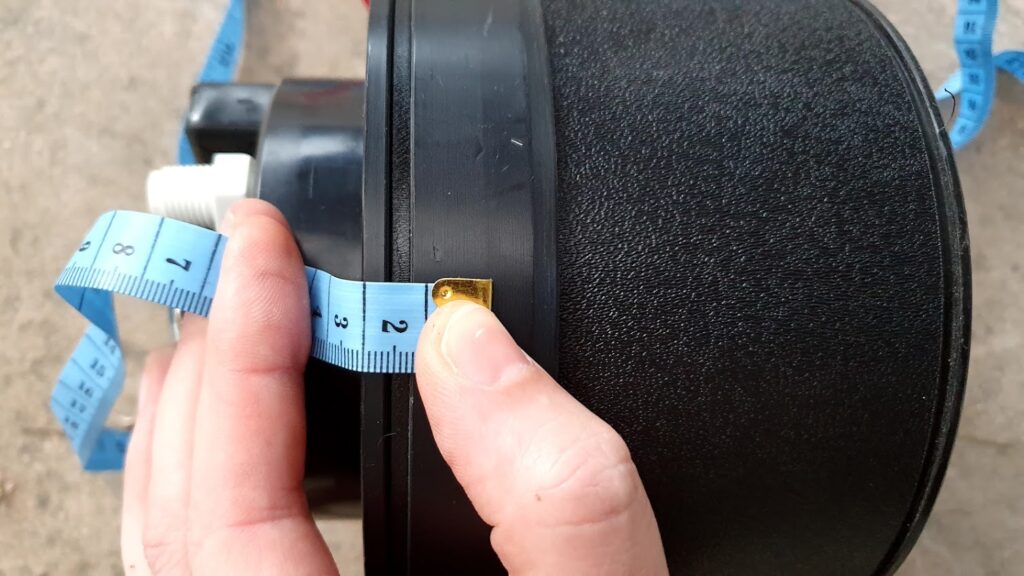
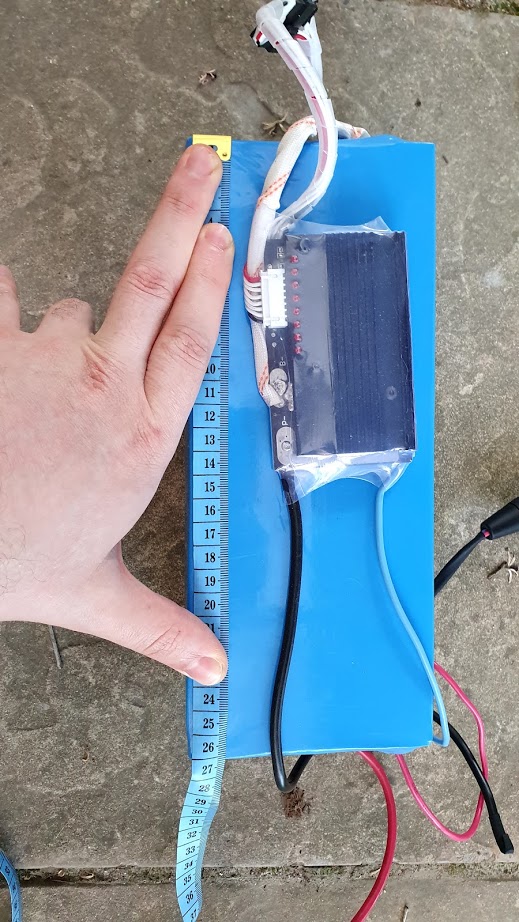
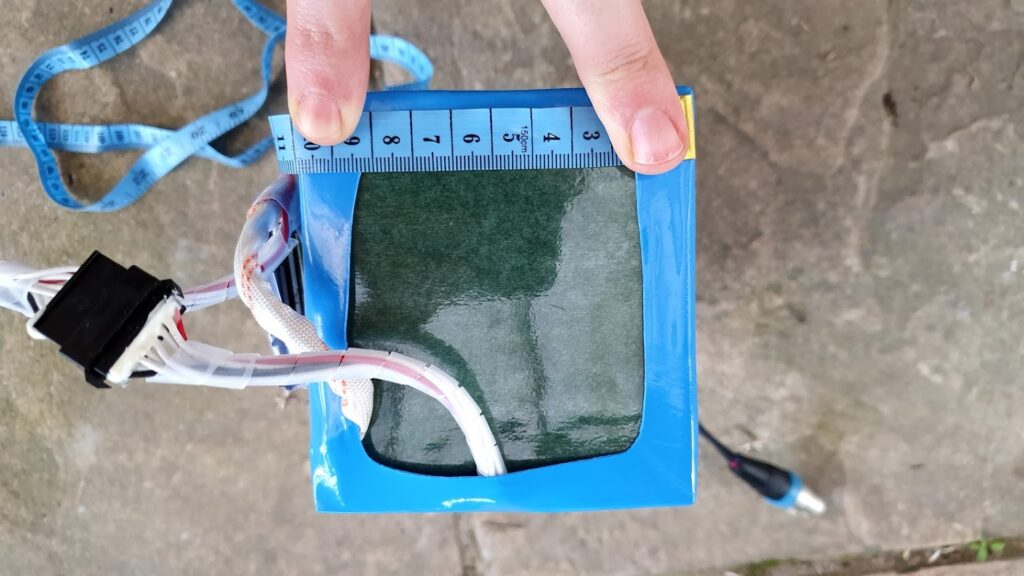


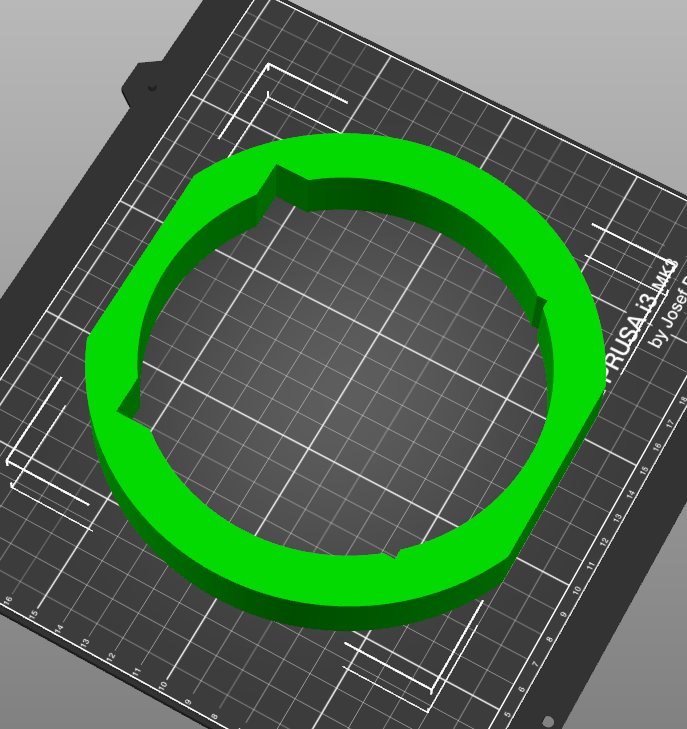
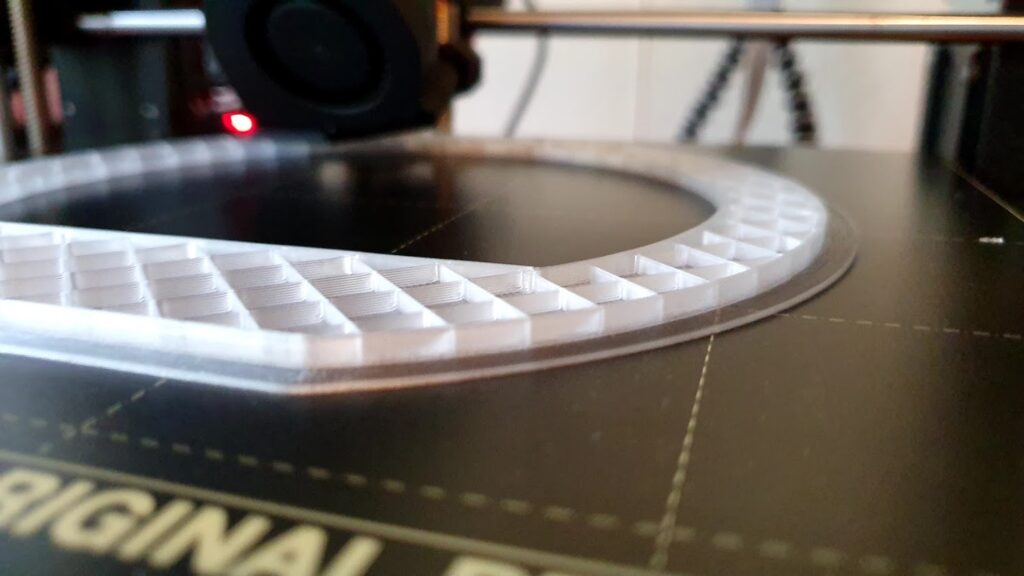
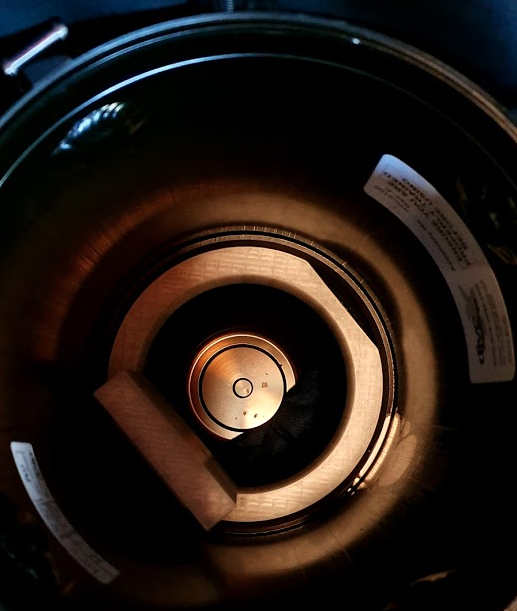



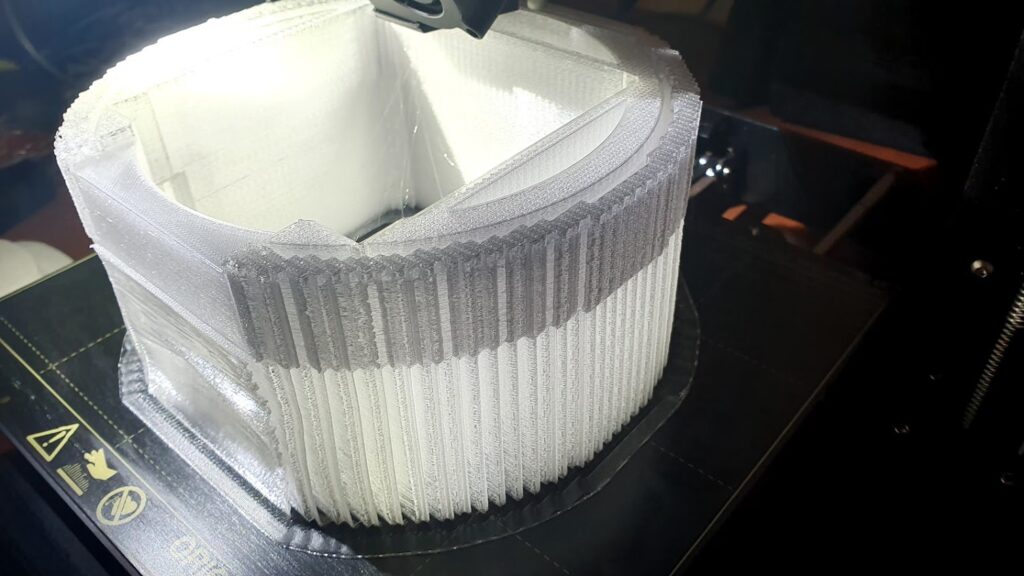
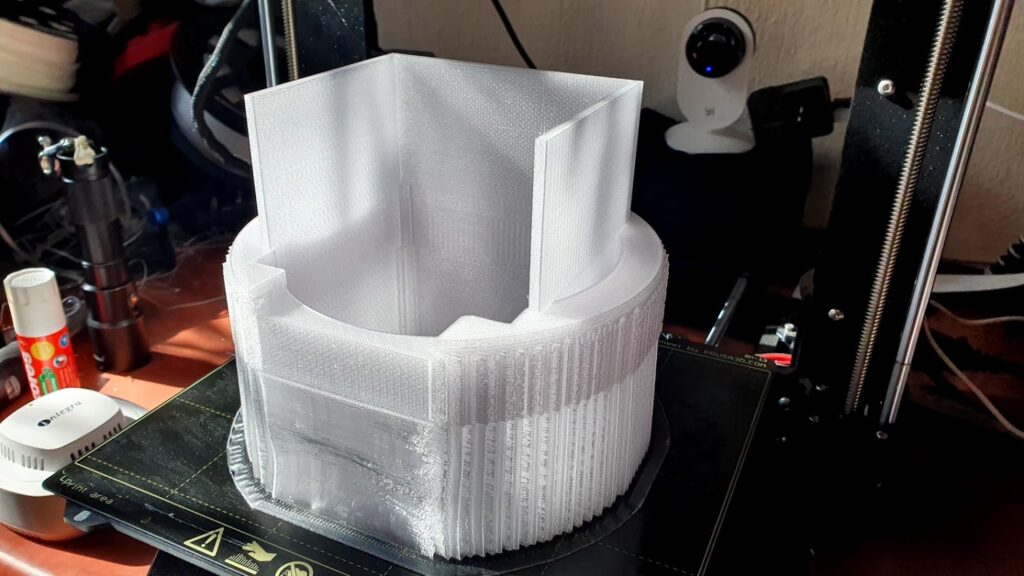


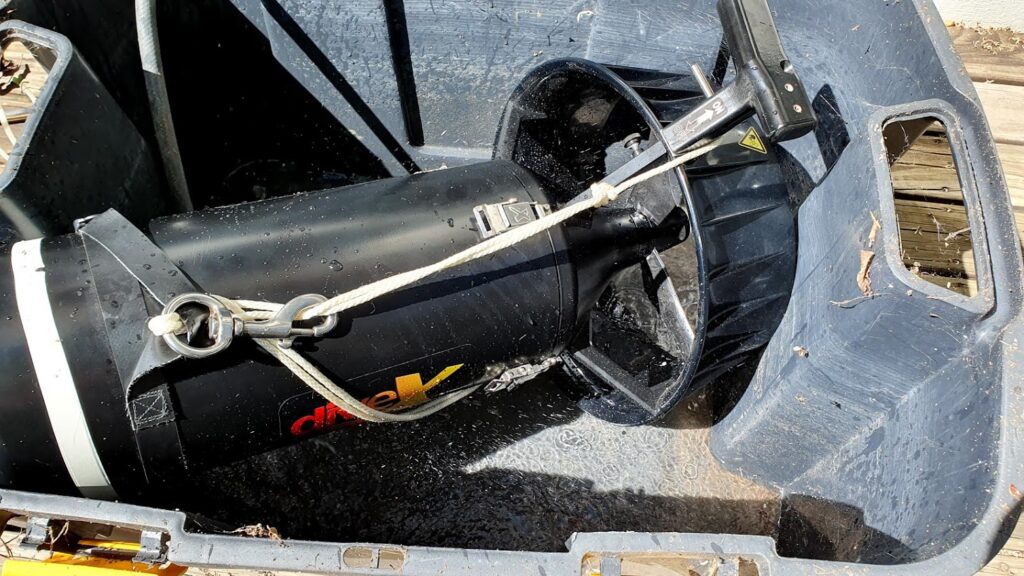

And there you have it – you can retrofit a Dive Xtras Sierra DPV (or any Dive Xtras DPV for that matter) with a sexy Lithium battery without wrecking the bank, thanks to some additive manufacturing 🙂
Edit 2021-July-29: The design file can be found here: https://www.thingiverse.com/thing:4114350
